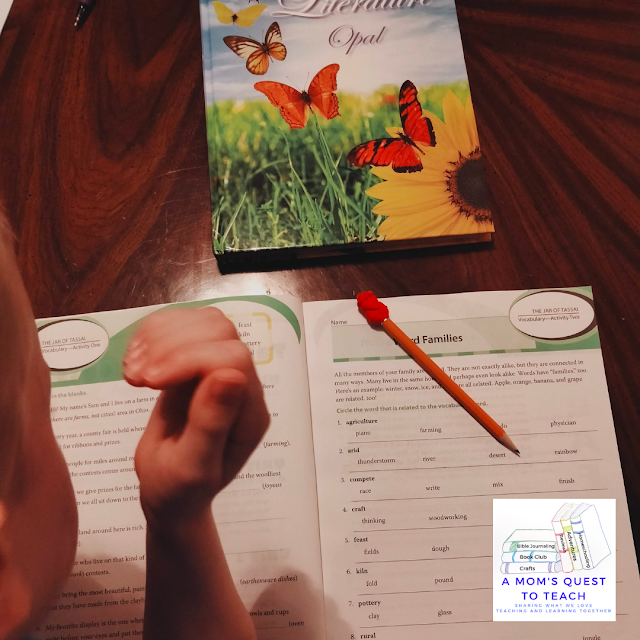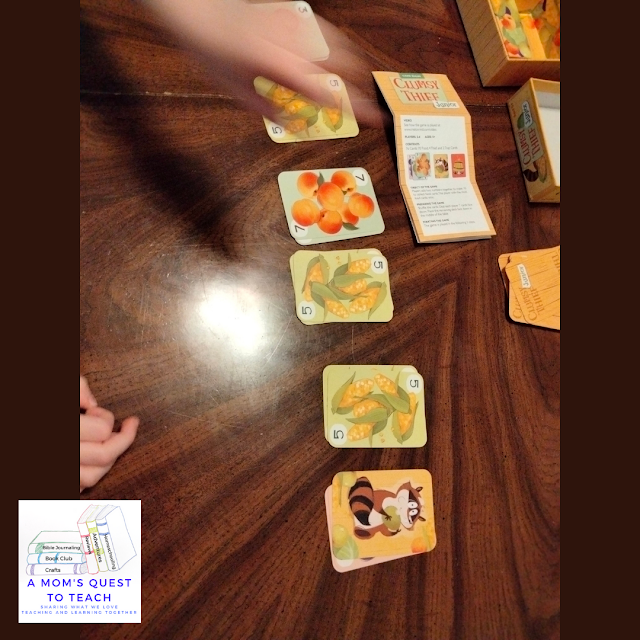This post contains affiliate links. For more information, please see my Terms of Use and Disclosure Policy page. Thank you.
During the summer, what subjects do you still include in your daily homeschool lessons? Our family homeschools year-round, so during the summer, we complete the subjects we haven't finished during the 'normal' school year and also review and dig deeper into subjects that interest our children. Summertime affords the perfect opportunity to allow children to follow their own interests. We take several different approaches to our homeschool journey during the summer. We review materials, use unit studies, and begin our new courses early.
Review And Refresh
To help prepare our younger son for third grade, we are taking a look at the Stretching Higher with Third Grade Math curriculum on SchoolhouseTeachers.com. I love the flexibility of the course. I can go through this extensive course (it has a forty-week lesson plan) and pick out all those lessons that fit our homeschool needs. For example, I printed pages on ordinal numbers, subtraction (so we can work on borrowing or regrouping), counting by different numbers (by 6s, 7s, etc.), and using parenthesis in mathematics. Since it is the summer, we are not completing an entire lesson each day but instead going over the teaching material and then completing the practice questions over the course of several days. This allows our son to keep his math skills fresh while still feeling like he has a break from studies.
My favorite parts of Stretching Higher with Third Grade Math are the sections that are written for inclusion in the student's notebook. These could be copied by hand into a math notebook or cut and pasted in the notebook, depending on how you print pages. These parts make reviewing the material very easy for our son as he works through the problems.
Semester Courses and Unit Studies
Another great option for homeschooling during the summer is to include subjects that are only a semester long – especially for your high schooler! For example, one of the courses that is included in the SchoolhouseTeachers.com 11th Grade School Box is Friendly Chemistry. Using the course during the summer, you can fulfill a science credit and see if your high schooler wishes to pursue chemistry further or if another science would be more beneficial for them during the 'normal' year.
We have a plan for our daughter's science for the upcoming school year, but I pulled a few lessons from SchoolhouseTeachers.com for us to work through during the summer. Most of it just requires us to sit together and read – which she absolutely loves. And after we read about the Sun using the material from Everyday Astronomy on SchoolhouseTeachers.com, we will take a look at several of the lapbooks to fill out the rest of our summer.
New Courses
Sometimes you want to move forward onto the next step in your homeschool journey, even though it is the middle of the summer. For me, when new homeschool materials arrive, I want to start using them right away. In a lot of ways, our younger two children are like me. When our new materials arrived from My Father's World for our daughter's first grade curriculum, she wanted to look at all the books and start using the math manipulatives right away. The same went for our son when his language arts and spelling curriculum arrived from Timberdoodle. He took the books out of the box and hugged them to himself. These kids love learning!
I was looking for something that had a bit more structure, so I picked Mosdos Press Literature – Opal, which is scheduled to use with third grade in the Timberdoodle Curriculum kit. As part of my relationship with Timberdoodle, I was able to purchase the literature bundle for 50% off in exchange for a review (which will be coming in September 2021). We just starting using this language arts program in our homeschool and I love the ease of it. I need three books – the Teacher's Edition, the Student Reader, and the Student Activity Workbook – to teach lessons to our son. We opened with a discussion on stories and their elements – and then jumped into examining the vocabulary that will be part of the first short story. The material is quite flexible, and I look forward to sharing more with you in a few months.
Finding Your Path on the Journey
Whether you are looking toward starting with an all-in-one curriculum like SchoolhouseTeachers.com or picking and choosing what will work for your family, the summer is the perfect time to do some exploring on your homeschool journey. We can each find what works for our families while we homeschool them. We can even change paths midway through the homeschool year more than once if we find something is not working. This is the beauty of homeschooling!












































